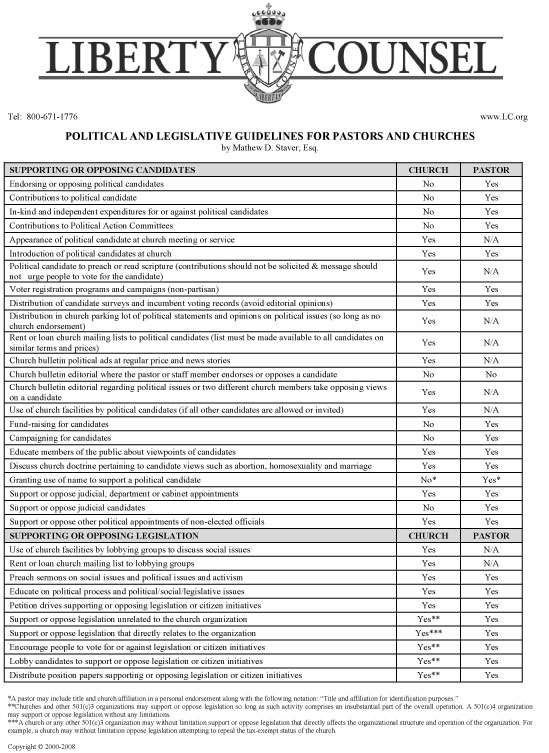
Education Secretary Betsy DeVos sits in on a coding class in Omaha, Neb., Wednesday, Sept. 13, 2017, during a visit to the Midland University-Omaha Campus for her 2017 “Rethink School” tour, in which she will visit schools in Wyoming, Colorado, Nebraska and Kansas. (AP Photo/Nati Harnik)
Is Betsy DeVos trying to starve public education or save it from gluttony?
By Leigh Jones
(WNS)–The Education Department workforce is shrinking, more evidence of the Trump administration’s attempt to destroy the public education system, according to teachers unions and other critics. Education Secretary Betsy DeVos has cut about 350 department jobs so far and earlier this month offered buyouts to another 255 staffers.\
Career bureaucrats whined to The Washington Post last week about how much harder it will be for the department to fulfill tasks taken on under the Obama administration with fewer workers. DeVos and her supporters essentially say, yeah, that’s the point.
President Barack Obama set out to expand the Education Department’s influence, especially through its Office of Civil Rights. The agency launched a massive investigative project involving sexual assault on college campuses, doing in-depth analyses of every college that had a complaint lodged against it. Such detailed and lengthy investigations required a lot of people. From the beginning, DeVos said she didn’t intend to pursue the institution-wide assessment process based on just one allegation. That approach alone resulted in the need for much fewer department staffers, said Neal McCluskey, director of the Cato Institute’s Center for Educational Freedom.
McCluskey, who advocates for shrinking the Education Department’s role, does not believe the recent staffing cuts are going to make much of a difference to an agency that has about 4,100 employees. While he calls the new Civil Rights office focus a “good reason” to decrease workload, he notes ensuring equality is one of the department’s few legitimate jobs. Just about everything else the department does, McCluskey insists, is unconstitutional: “If we think that the staffing should reflect what the government is allowed to do under the Constitution, staffing would be zero.”
DeVos might not disagree. After President Donald Trump nominated her to head the department, critics warned her primary goal would be to deregulate herself out of a job. Hyperbole aside, DeVos has made no secret of her plan to return control to state and local governments, which oversee the bulk of the nation’s public school system functions.
Nat Malkus, an education policy expert with the American Enterprise Institute, argues DeVos’ approach is consistent with the department’s original goal: “The Education Department’s lawful purpose has never been to prescribe policy, but to support states’ efforts to provide education, and further, to support a diversity of state-devised efforts.”
During DeVos’ confirmation hearings, Malkus noted her opponents’ success in branding her an “enemy of public education.” But they could only do that by conflating public education with traditional public schools, he said. The 1979 law that created the Education Department didn’t combine the two, noting “the American people benefit from a diversity of educational settings, including public and private schools.” Based on that definition, all schools parents choose to educate their children, including lessons at the kitchen table, are a legitimate part of the nation’s education system.
So DeVos does intend to shrink the Education Department, but not to destroy it or the nation’s public schools, as her critics claim. Her goal is to liberate all schools from the weight of a bloated federal bureaucracy—essentially putting the department on a staffing diet.







